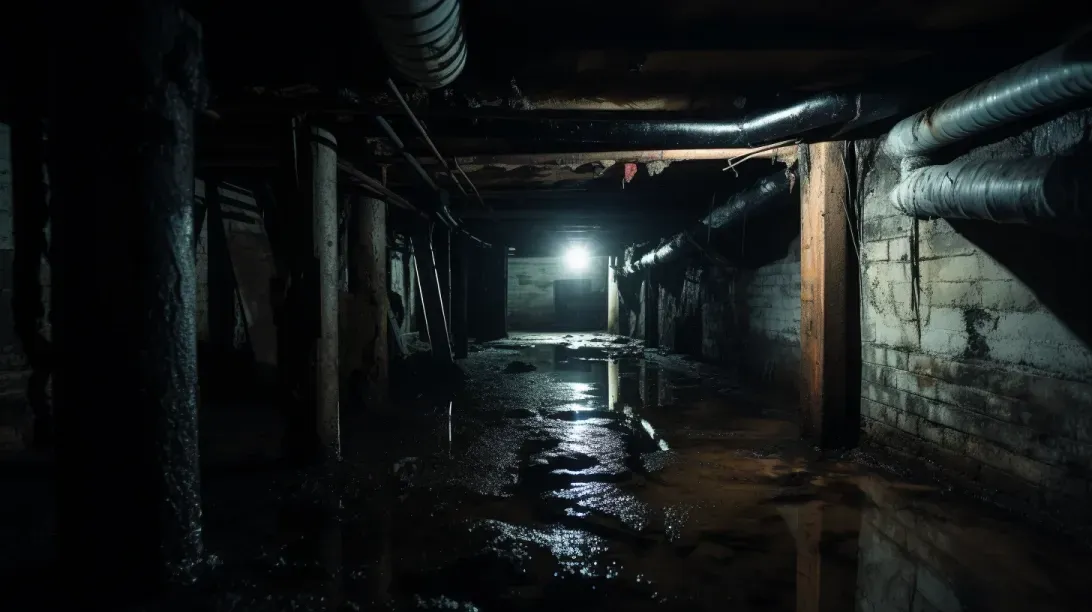
Welcome to our comprehensive guide on the often-hidden yet prevalent issue of mold in crawl spaces. Mold in these underfoot areas is a common problem in many homes, yet it frequently goes unnoticed until it becomes a significant concern. In this introduction, we explore the criticality of understanding the various types of mold that can inhabit your crawl space. This knowledge is not just a cornerstone of effective remediation but also a proactive step in safeguarding the structural integrity of your home and the health of its occupants.
The variety of mold types, each with its unique characteristics and risks, necessitates a tailored approach to remediation. From the relatively harmless but unsightly molds to the more insidious types that can pose serious health risks, understanding the nature of the mold you are dealing with is crucial. This understanding informs the choice of remediation strategies, ensuring they are both effective and appropriate for the specific mold type present.
As we delve deeper into this topic, our guide will focus on identifying and addressing the various types of mold commonly found in crawl spaces. We will provide insights into recognizing different mold species, understanding their implications, and implementing the most effective remediation techniques. Join us as we navigate through the complexities of crawl space mold, equipping you with the knowledge to tackle this challenge confidently and effectively.
The Basics of Mold in Crawl Spaces
Mold in crawl spaces is a common yet often overlooked problem in many homes. Understanding the basics of why crawl spaces are particularly susceptible to mold and the potential health and structural implications of such infestations is crucial for homeowners. This section provides a foundational understanding of these aspects, setting the stage for effective prevention and remediation strategies.
Why Crawl Spaces are Prone to Mold
Crawl spaces create the perfect environment for mold growth due to several factors:
- High Humidity: Crawl spaces often have higher humidity levels, either due to their proximity to the ground or lack of adequate moisture barriers. Mold thrives in moist environments, making humid crawl spaces a prime location for growth.
- Poor Ventilation: Many crawl spaces are not well-ventilated, leading to stagnant air. Without proper air circulation, moisture cannot evaporate effectively, creating a damp environment conducive to mold.
- Water Intrusion: Crawl spaces are prone to water intrusion from leaks, flooding, or groundwater seepage. This excess moisture can go unnoticed for long periods, contributing to mold proliferation.
- Organic Materials: Crawl spaces typically contain organic materials like wood and insulation, which can serve as food sources for mold when combined with moisture.
- Temperature Fluctuations: The temperature in crawl spaces can vary, sometimes creating condensation and further contributing to moisture problems.
Health and Structural Implications
The presence of mold in crawl spaces can have significant health and structural implications:
- Health Risks: Mold spores can lead to various health issues, especially for individuals with allergies, asthma, or other respiratory conditions. Common symptoms include coughing, sneezing, eye irritation, and skin rashes. In severe cases, mold exposure can lead to more serious respiratory problems.
- Structural Damage: Over time, mold can cause structural damage to your home. It can weaken wooden structures, including floor joists and beams in the crawl space, leading to costly repairs. Additionally, mold can damage insulation and other building materials.
- Air Quality Impact: Mold in crawl spaces can affect the overall air quality of your home. As air circulates, it can carry mold spores from the crawl space into living areas, impacting the indoor environment.
Understanding the reasons crawl spaces are prone to mold and the potential health and structural implications is essential for homeowners. This knowledge is crucial for taking proactive steps to prevent mold growth and address any existing issues effectively.
Common Types of Mold Found in Crawl Spaces
Crawl spaces, due to their often damp and poorly ventilated nature, can become breeding grounds for various types of mold. Each type of mold has its unique characteristics and potential risks. Understanding these can help in identifying and effectively addressing mold issues in your crawl space. This section provides an overview of some common types of mold found in crawl spaces, including black mold, white mold, and other varieties.
Black Mold (Stachybotrys Chartarum)
Black mold, scientifically known as Stachybotrys chartarum, is one of the most notorious molds due to its potential health risks:
- Appearance: Black mold typically appears as dark black or sometimes greenish-black patches. It has a slimy texture and is often found in areas with persistent moisture.
- Characteristics: This mold thrives in environments with high humidity and dampness, often growing on materials like wood, cardboard, and paper.
- Health Risks: Black mold is known for producing mycotoxins that can be harmful to humans, especially when inhaled. Exposure can lead to respiratory issues, allergic reactions, and in severe cases, neurological problems and other serious health conditions.
White Mold (Efflorescence)
White mold in crawl spaces is often confused with efflorescence, a crystalline deposit of salts:
- White Mold: True white mold appears fuzzy or powdery and grows on organic materials like wood and drywall. It thrives in damp conditions and can cause similar health issues as other molds, such as allergies and respiratory problems.
- Efflorescence: Efflorescence is not mold but a salt deposit that forms when water evaporates from a material, leaving behind salt residues. It typically appears on masonry or concrete surfaces.
- Differentiation: Unlike efflorescence, white mold does not dissolve in water and has a musty smell. Efflorescence crumbles to a powder when touched and does not have any odor.
Other Mold Varieties
Several other mold varieties are commonly found in crawl spaces:
- Aspergillus: A common mold that appears in various colors. It can cause respiratory infections and allergic reactions.
- Penicillium: Often blue or green, this mold can spread quickly and is known for causing allergic reactions and asthma.
- Cladosporium: This mold can be olive-green to brown or black and usually grows on fabrics and wood surfaces. It can cause a range of respiratory problems.
Each type of mold requires specific strategies for effective removal and control. Identifying the particular mold type in your crawl space is crucial for applying the correct remediation techniques and ensuring a healthy living environment.
Identifying Different Mold Types
Correctly identifying the type of mold present in your home is a critical step in determining the appropriate remediation strategy. Different mold types can have varying impacts on health and property, and some may require more specialized treatment than others. This section provides practical tips for visually identifying different mold types and outlines scenarios where professional mold testing is advisable.
Visual Identification Tips
While professional testing is often the most reliable method for identifying mold types, there are visual cues that can help in making an initial assessment:
- Color: Mold comes in a variety of colors. Black or greenish-black mold is often Stachybotrys (black mold). White, thread-like mold is typically Aspergillus. Blue or green mold can be Penicillium.
- Texture: Some molds have a fuzzy appearance (like Penicillium), while others might be slimy (common in Stachybotrys).
- Pattern: Look at the growth pattern. Cladosporium often appears as spots, while Aspergillus may have a more diffuse, powdery appearance.
- Location: Certain molds prefer specific conditions. For example, Stachybotrys is commonly found on cellulose-rich surfaces with chronic moisture problems.
- Odor: A musty or earthy smell can be a sign of mold presence, although it doesn’t specify the type.
When to Test for Mold
There are several situations where professional mold testing is recommended to accurately identify the type and extent of mold infestation:
- Health Concerns: If occupants are experiencing health issues that might be related to mold exposure, such as allergies or respiratory problems.
- Visible Growth: When there is extensive visible mold growth, and it is unclear what type of mold it is.
- Post-Water Damage: Following significant water damage, especially when materials have remained wet for an extended period.
- Real Estate Transactions: During the buying or selling of a property, to ensure that any mold issues are identified and addressed.
- After Remediation: To verify that mold removal has been successful and that no harmful mold remains.
Professional mold testing can provide a detailed analysis of the mold type and spore count, which is crucial for effective remediation and ensuring a safe living environment.
Health Risks Associated with Different Molds
Mold in homes, particularly in areas like crawl spaces, can pose various health risks. These risks vary depending on the type of mold present, with some molds being allergenic and others potentially toxic. Understanding the health implications associated with different types of molds is crucial for homeowners to take appropriate action. This section provides information on allergenic molds and discusses the severe health implications of toxic molds.
Allergenic Molds
Allergenic molds are types of molds that can cause allergic reactions in some people, especially those with mold sensitivities or respiratory conditions. Here’s what you need to know:
- Common Allergenic Molds: These include varieties like Cladosporium, Penicillium, and Aspergillus. They are commonly found in damp areas and can grow on a variety of surfaces.
- Symptoms: Exposure to allergenic molds can lead to symptoms such as sneezing, runny or stuffy nose, itchy eyes, throat, or skin, and coughing. In people with asthma, exposure can trigger asthma attacks.
- Prevention: Regular cleaning, reducing indoor humidity, and fixing leaks can help prevent the growth of allergenic molds. Ventilation improvements are also beneficial in reducing mold spore concentration in indoor air.
Toxic Molds
Toxic molds, such as Stachybotrys chartarum (commonly known as black mold), produce mycotoxins that can be harmful to humans and animals. Here’s an overview of their health implications:
- Identification: Black mold is typically dark green or black and has a slimy texture. It usually grows in areas with high moisture content and poor ventilation.
- Health Risks: Exposure to toxic molds can lead to severe health issues, including respiratory problems, chronic fatigue, headaches, and in extreme cases, neurological problems and immunosuppression.
- Handling and Remediation: Due to the potential severe health risks, it’s recommended to seek professional help for the removal of toxic molds. Proper safety gear and containment measures are essential during remediation.
Understanding the health risks associated with different types of molds is vital for taking appropriate measures to protect the health of home occupants. Regular inspections and prompt remediation can help mitigate these risks.
Effective Remediation Strategies for Various Mold Types
Addressing mold infestations requires tailored strategies depending on the type and severity of the mold. While some less hazardous mold types can be managed with DIY techniques, severe infestations often necessitate professional intervention. This section explores both DIY remediation techniques for handling less hazardous molds and provides guidance on when and why to seek professional help for more severe mold problems.
DIY Remediation Techniques
For less hazardous mold types, such as Cladosporium, Penicillium, and Aspergillus, homeowners can often effectively manage remediation themselves. Here are some tips and methods for safe DIY mold removal:
- Safety First: Wear protective gear, including gloves, goggles, and an N-95 respirator mask, to protect against mold spores.
- Cleaning Solutions: For non-porous surfaces, a mixture of water and detergent, vinegar, or a solution of water and baking soda can be effective. For porous surfaces, specialized mold removal products may be necessary.
- Scrubbing and Wiping: Gently scrub the moldy area with the chosen solution, then wipe clean with a damp cloth to remove mold residue.
- Dry Thoroughly: Ensure the area is completely dry after cleaning to prevent mold from returning. Use fans or dehumidifiers to aid in drying.
- Dispose of Materials: Safely dispose of any materials like rags or brushes used in the cleaning process to prevent spreading spores.
Professional Remediation for Severe Infestations
In cases of severe mold infestations, particularly with toxic molds like Stachybotrys (black mold), professional remediation is often necessary:
- When to Seek Help: If the mold covers an area larger than 10 square feet, is in HVAC systems, or if you have health concerns, it's advisable to seek professional help.
- Expertise and Equipment: Professionals have the expertise, equipment, and protective gear to safely and effectively remove large or hazardous mold infestations.
- Thoroughness: Professional remediation ensures that not only is the mold removed, but the source of moisture causing the mold is also identified and addressed.
- Health and Safety: For toxic molds, professional remediation is crucial to avoid health risks associated with exposure to mycotoxins.
Understanding the appropriate remediation strategy for different mold types is key to effectively addressing mold issues. While DIY methods can be suitable for minor problems, professional remediation is essential for dealing with severe or hazardous infestations to ensure the safety and health of home occupants.
FAQs
Contact Bull City Crawlspace Today!
Bull City Crawlspace will do everything we can to ensure your experience with us is excellent.
Request A FREE Estimate
Request a Free Estimate Form
Checkout Recent Post
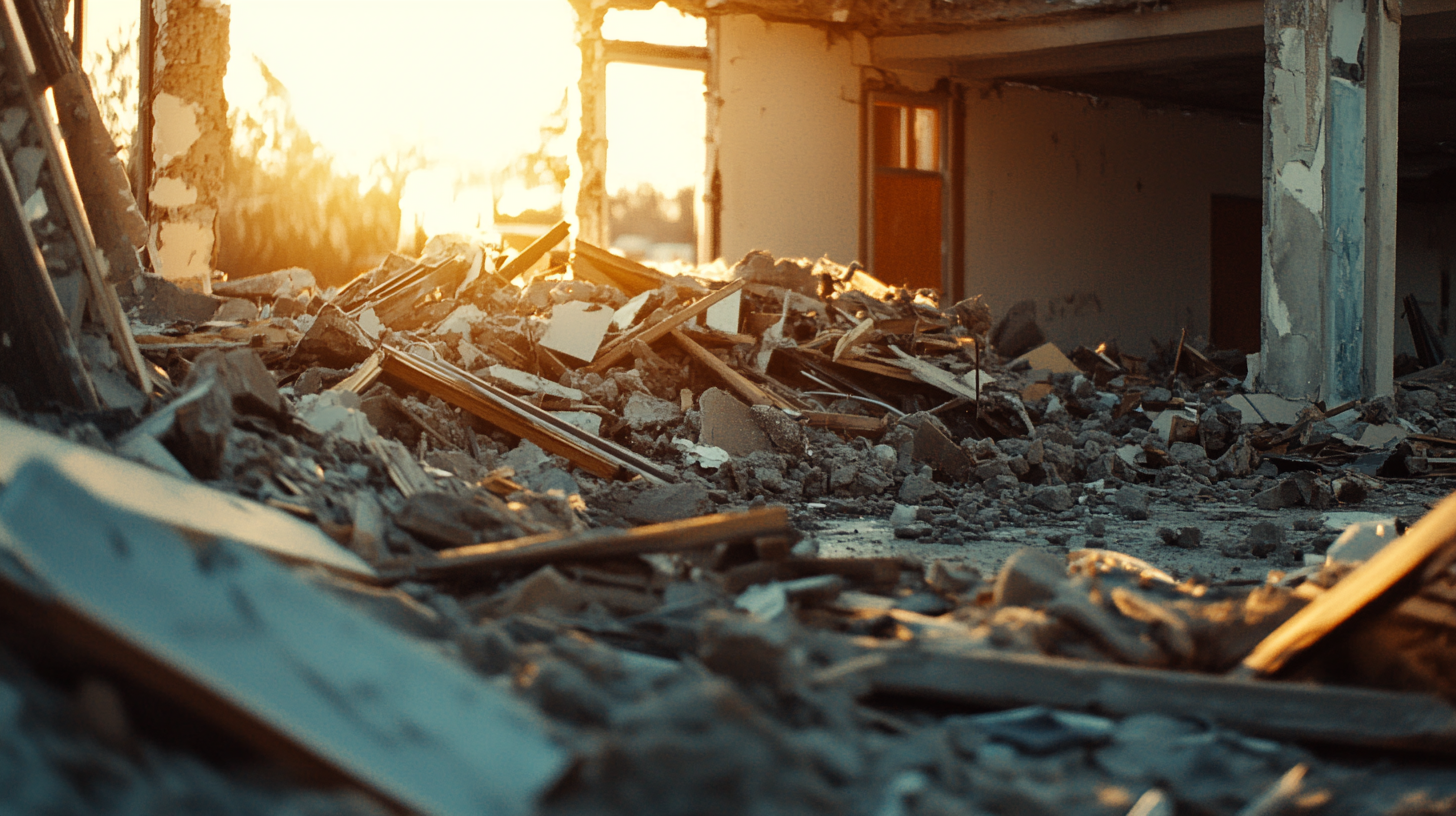
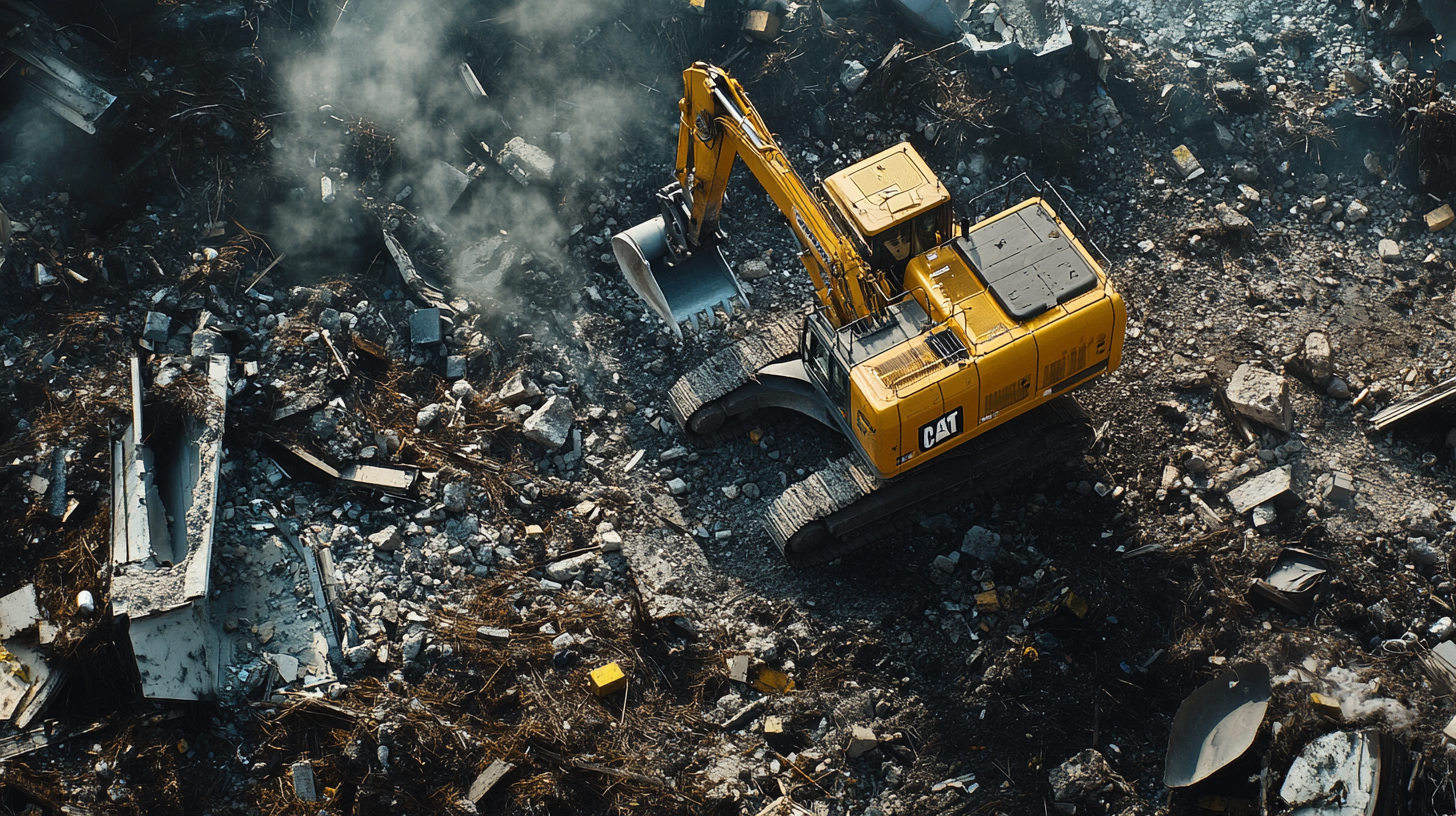
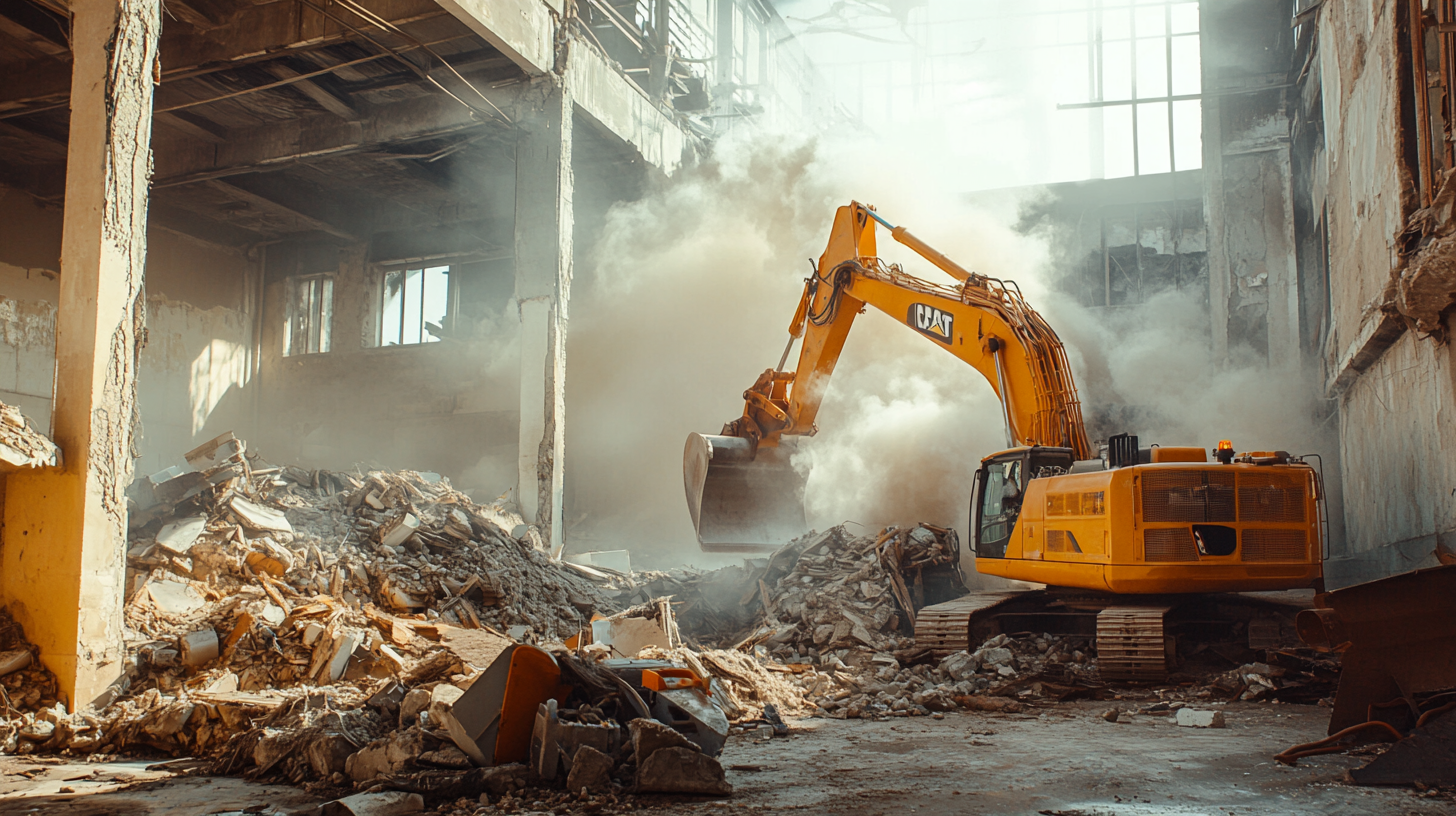
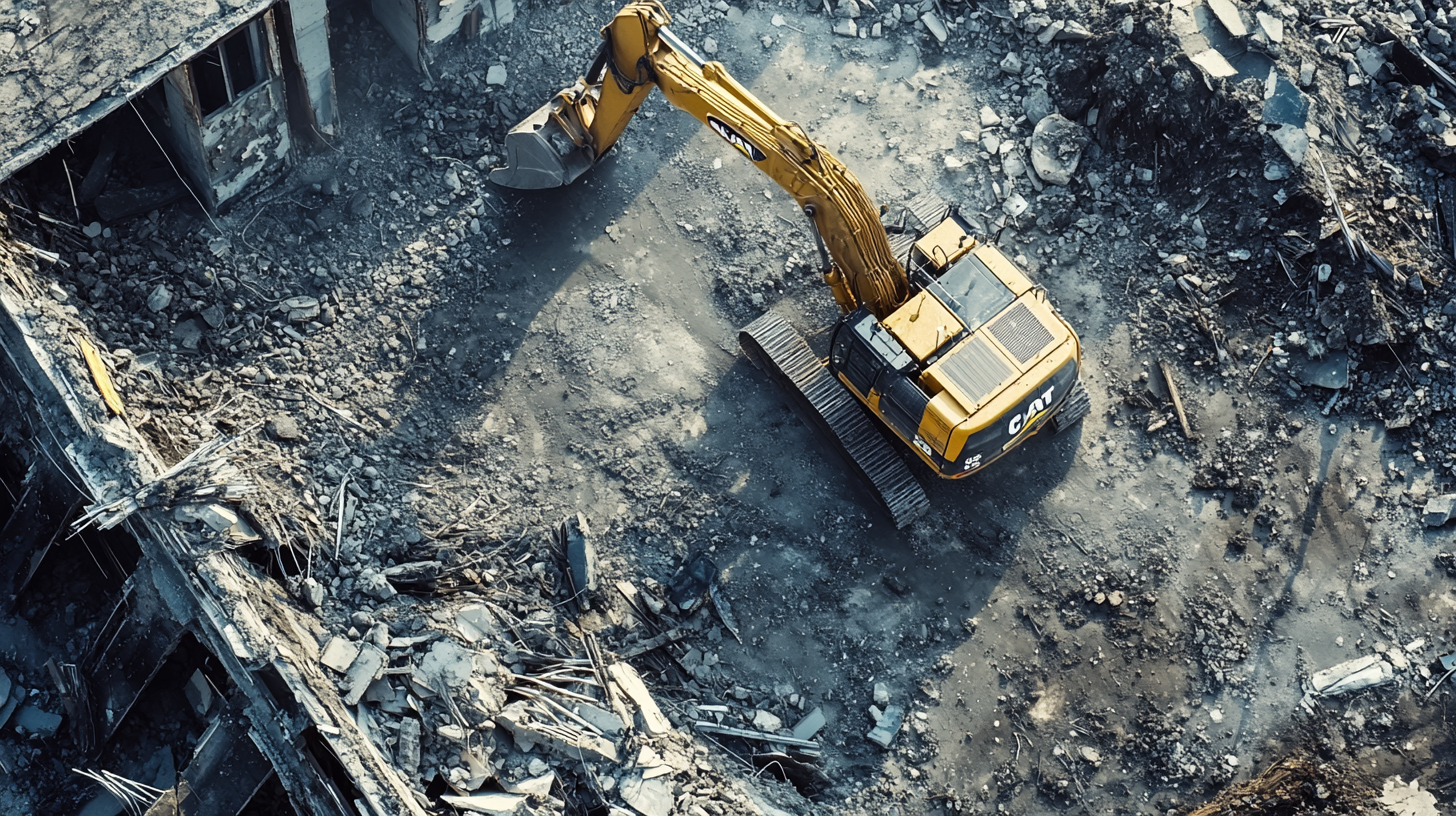
Got a Question? We’re Here to Help.
You can arrange an appointment or make an enquiry by phone or email, orget in touch to us via our contact form.

